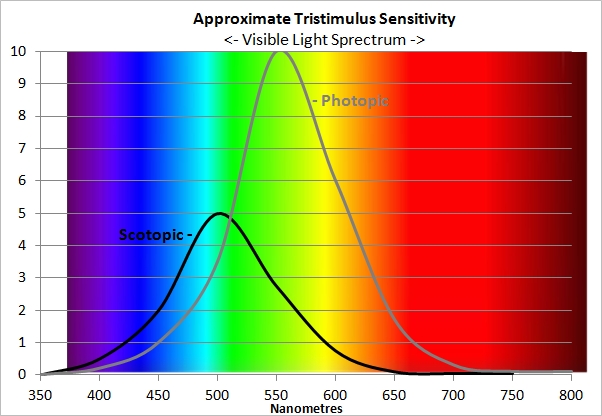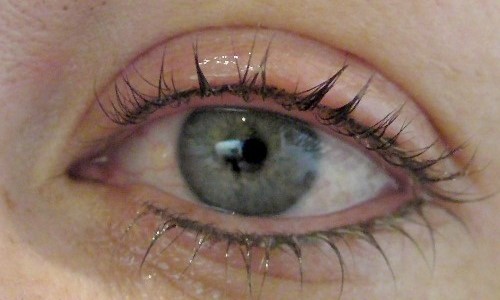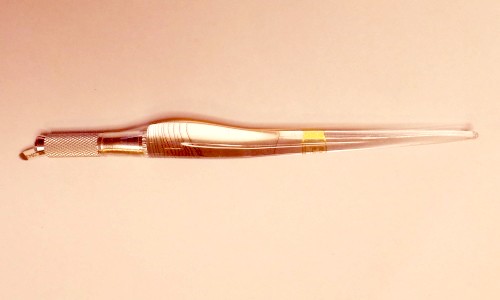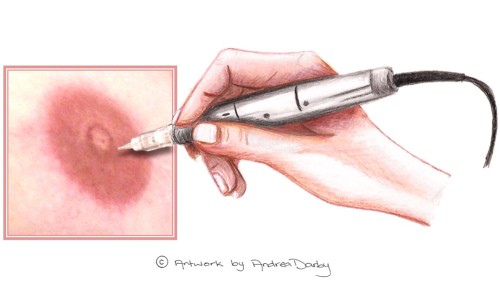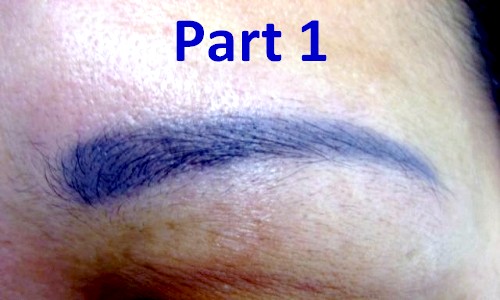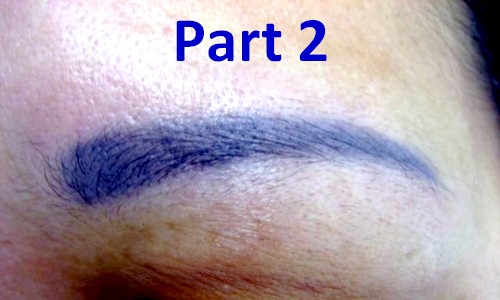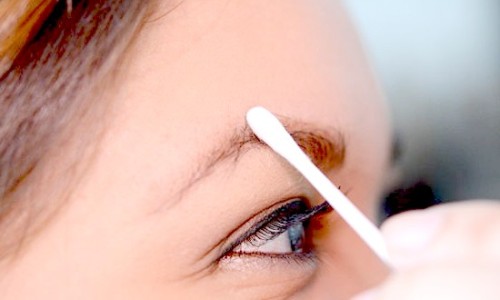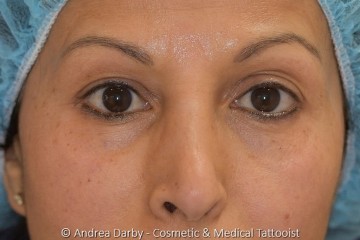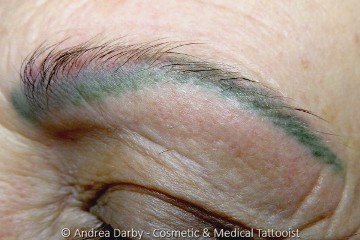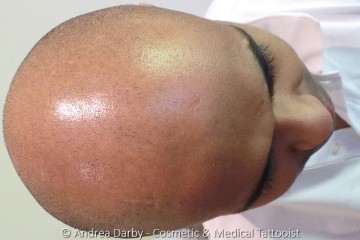Cart is empty
Introduction to the Fundamentals of Colour Perception
16/02/2013
by Andrea Darby - Master Medical Tattooist & Industry Educator

Colour is a complex topic with many variables, it is also an important topic for Cosmetic Tattooists and this series of articles will attempt to demystify the subject and will focus on content that will assist technicians to achieve better outcomes.
▼ Continue Reading ▼|
Colour is a complex topic with many variables, it is a subject that is important to Cosmetic Tattooists and yet at the same time even among experienced tattooists many struggle to come to terms with the fundamentals of colour.
Conditions which may cause opaqueness of the lens of the eye (e.g. cataracts) and conditions that may cause degeneration of the Macula (e.g. diabetes or hypertension) can cause significant loss of colour perception as well as general deterioration in the sight.
The sensory input from our eyes is transmitted to the visual cortex located in the occipital lobe of the brain at the back of the head. Apart from the external factors that affect colour, the way in which we experience colour is also affected by both our sensory perception and our neural interpretation of the sensory input.
In 1965 ‘additive colour’ experimental research revealed that three different types of colour sensitive cones within the eye provided us with sensory perception of different wavelengths of light that broadly correspond with Blue, Green and Red, often referred to as the Tristimulus Values. The diagram below illustrates the average peaks in sensitivity to different light wavelengths for the human eye in normal lighting and in lower lighting.
The grey curve on the right of the graph shows the eye's sensitivity in normal ambient lighting conditions which that is called the 'Photopic Response'. With good ambient lighting the eyes cone colour receptors are at peak sensitivity at about 555 nanometres, which means that under normal lighting conditions, the eye is most sensitive to a yellowish-green colour.
When ambient light levels are very low the response of the eye changes significantly as shown by black curve on the left of the graph, which is called the 'Scotopic Response'. In low levels of light, the cones in the eyes become less receptive and therefore there is less perception of colour and the sensitivity peak shifts towards the blue/green part of the spectrum.
Key Points
Date of most recent revision:
16/02/2013 (mutatis mutandis) Copyright © 2013 CTshop.com.au & the article author All Rights Reserved. No copying, transmission or reproduction of site content is permitted without our prior written consent.
Printing Restriction: This article is print disabled, please read our Intellectual Property & Copyright Policies if you would like to request a copy or permission to use the article content for any purpose. |
Main Menu
- Eyeliner Tattooing vs Dry Eye
- MicroBlading - First Things First
- Cosmetic Tattoo Training Standards
- Carcinomas in Tattoos a Statistical Anomaly
- Lash or Brow Growth Enhancing Serums & Tattooing
- What Influences the Colour of a Cosmetic Tattoo?
- Hygiene Protocols Update : Surface Cleaning Wipes
- Preventing & Managing Disputes
- Warm vs Cool Colours
- Age of The Alpha Metrosexual
- Who Will Buy a Poorly Iced Cake?
- Australia now has a Board Certified MicroPigmentation Instructor
- Robot Tattooists?
- Postcards From Birmingham
- The SCAPP Scale - Personalising the Micropigmentation Service
- How to Choose Your PMU Artist
- Scalp MicroPigmentation - More Than Just Ugly Scars?
- Permanent Eyeliner - Avoiding Complications
- Personal Protective Equipment - Are You Covered?
- 3D Nipple Tattooing a New Service?
- Why Do Cosmetic Tattoos Change Colour? - (Part 1)
- Why Do Cosmetic Tattoos Change Colour? - (Part 2)
- Smart Tattoos Are They The Future?
- Presentation: Adding Cosmetic Tattoo to Your Salon
- Cell Phone Vibrating Tattoos
- UK Survey - One Third Regret Their Body Art Tattoo
- Collaborating & Consulting with Dr. Linda Dixon
- Stem Cell Research - Inside the Lab
- When Marketing Via News Media Goes Wrong
- Client Pre-Treatment Screening Questionnaire
- Permanent Makeup Google Search Trends
- Potential Causes of Nosocomial Type Infections in the Salon-Clinic Setting
- Topical Anaesthetics & Cosmetic Procedures
- Introduction to the Fundamentals of Colour Perception
- Clients With Unexplained Loss of Outer Eyebrow Hair
- Hyperpigmentary Skin Conditions & Cosmetic Tattooing
- Cosmetic Tattooing & MRI’s - Diametric Particle Agitation Hypothesis (DPA)
Site News Selection
Educational Article Selection
Regulatory Article Selection
Client Case Studies Selection
Science Library Selection
Complete regrowth of hair following scalp tattooing in a patient with alopecia universalis
31/01/2023
Atypical Intraepidermal Melanocytic Proliferation Masked by a Tattoo: Implications for Tattoo Artist
20/09/2018
Chemical conjunctivitis and diffuse lamellar keratitis after removal of eyelash extensions
26/08/2018
Scarless Breast Reconstruction: Indications and Techniques for Optimizing Aesthetic Outcomes
07/04/2018
High speed ink aggregates are ejected from tattoos during Q‐switched Nd:YAG laser treatments
28/03/2018
Unveiling skin macrophage dynamics explains both tattoo persistence and strenuous removal
08/03/2018
Granulomatous Tattoo reaction with Associated Uveitis successfully treated with methotrexate
08/02/2018
Identification of organic pigments in tattoo inks & permanent make-up using laser mass spectrometry
07/02/2018
Microbiological survey of commercial tattoo and permanent makeup inks available in the United States
03/02/2018

